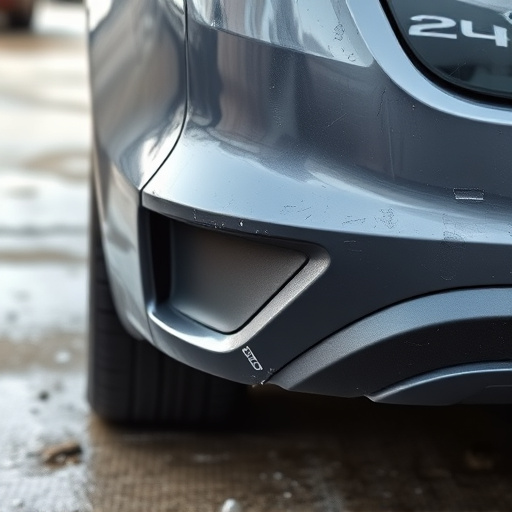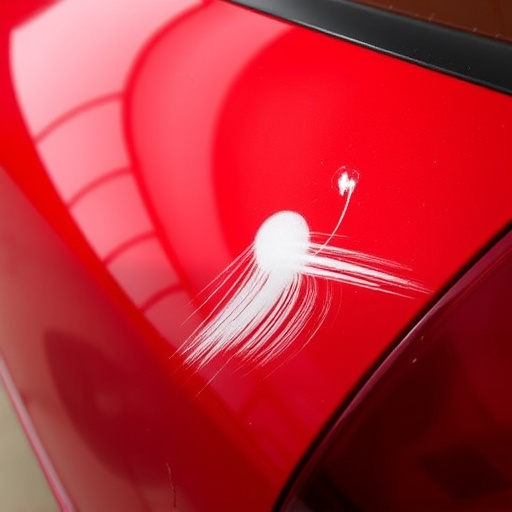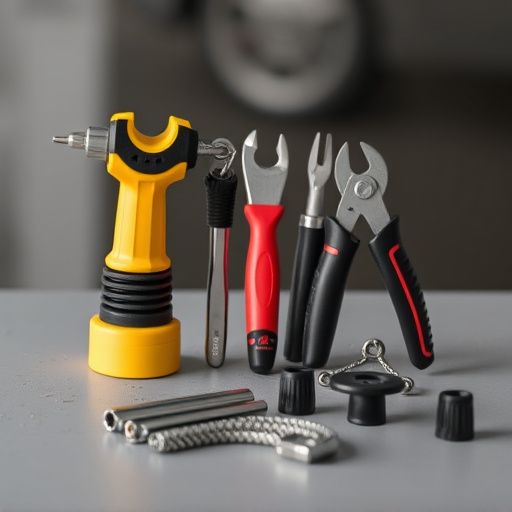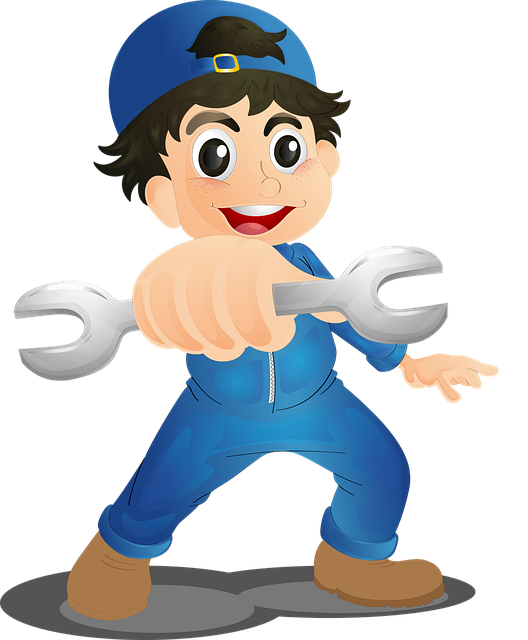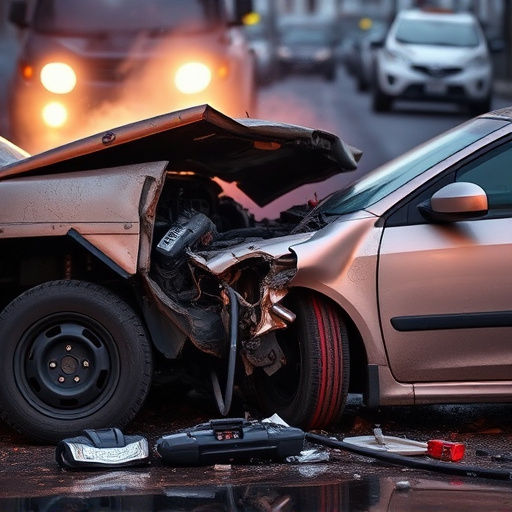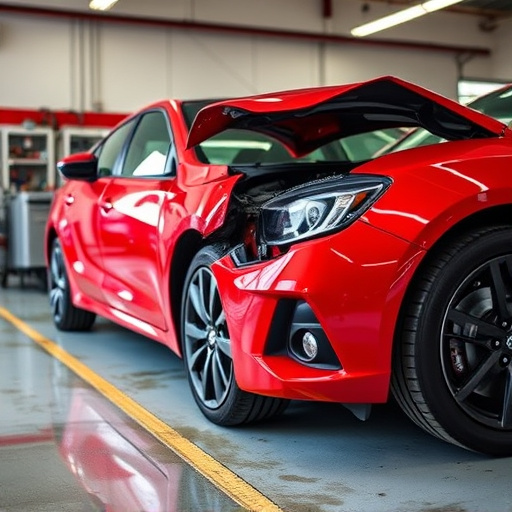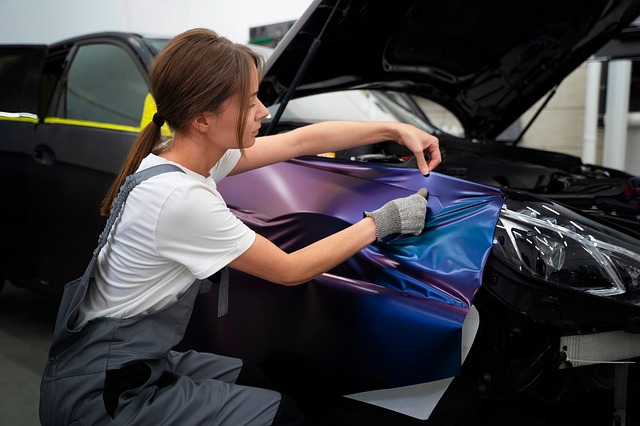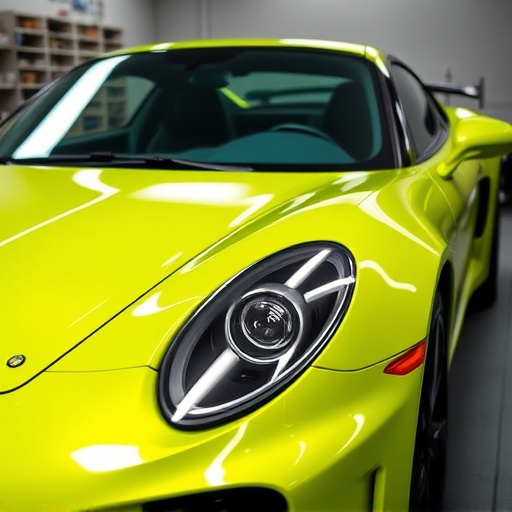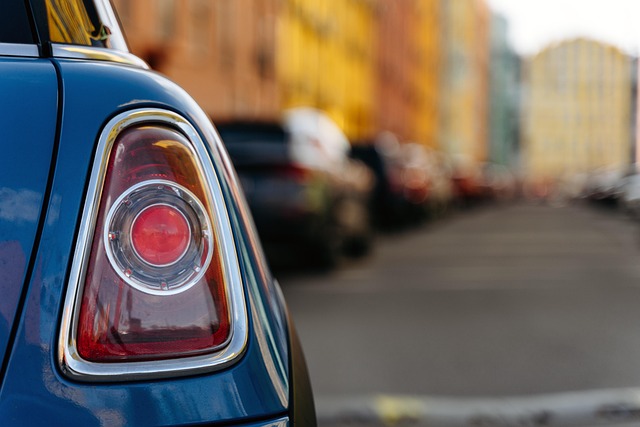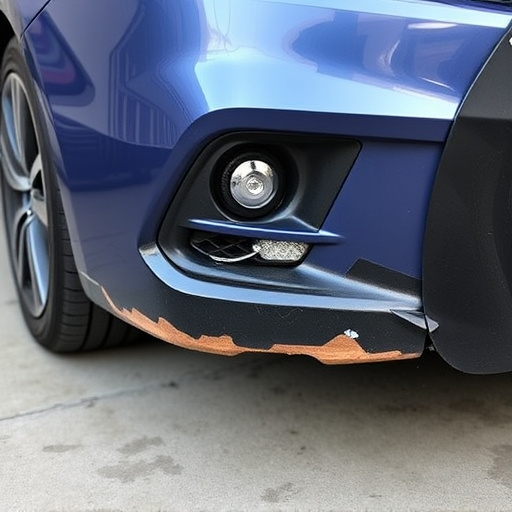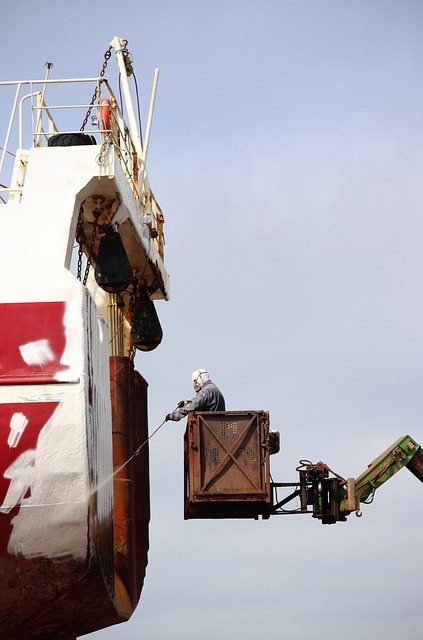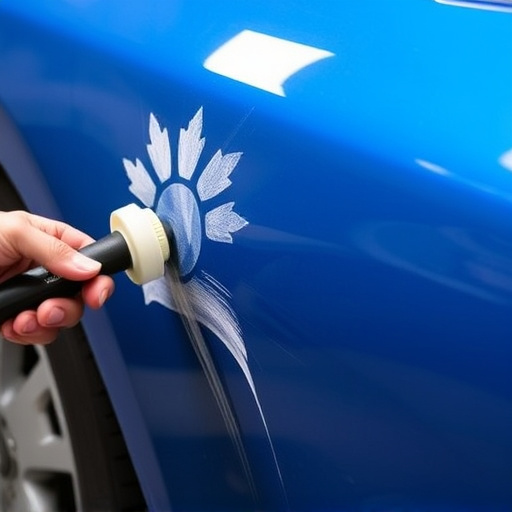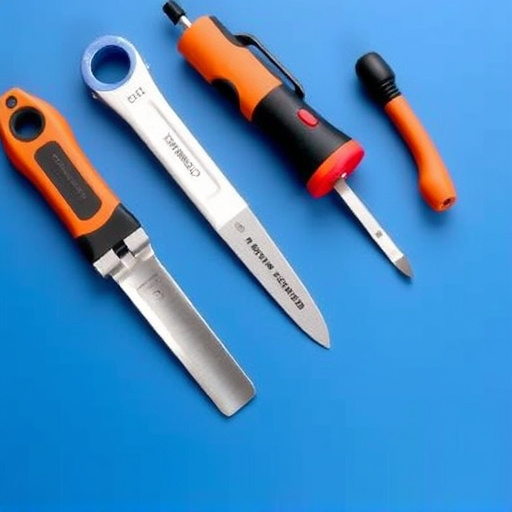Frame alignment is a critical aspect of quality collision repair, focusing on restoring vehicles' structural integrity and safety after impacts. Advanced technologies like laser measurement tools and 3D scanning provide precise data for accurate correction, ensuring aesthetic restoration and optimal performance. Skilled technicians interpret this data and manually refine the alignment, leveraging their expertise to address subtle discrepancies, resulting in flawless outcomes for every repair project, from auto body painting to structural adjustments.
In the realm of automotive restoration, achieving true quality collision repair hinges on one critical factor: precise frame alignment. Understanding and mastering this art ensures vehicles return to their original structural integrity and aesthetic appeal. This article delves into the significance of frame alignment, highlighting why meticulous straightening is essential for optimal vehicle restoration. From best practices to advanced technologies, discover how collision repair shops can consistently deliver top-tier quality collision repair services.
- Understanding Frame Alignment: The Cornerstone of Quality Collision Repair
- Why Precise Frame Straightening is Essential for Optimal Vehicle Restoration
- Best Practices and Advanced Technologies for Achieving Perfect Frame Alignment in Collision Repair Shops
Understanding Frame Alignment: The Cornerstone of Quality Collision Repair
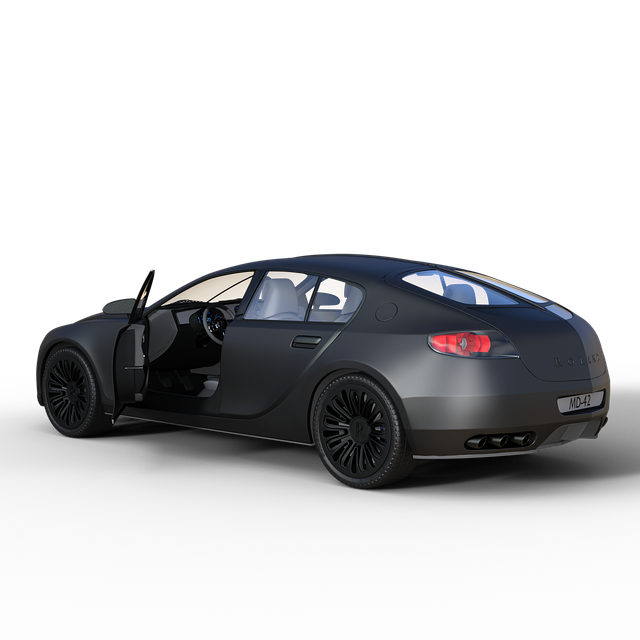
Understanding Frame Alignment: The Cornerstone of Quality Collision Repair
In the world of collision repair, achieving true quality is not merely about fixing visible dents or repainting a car’s exterior. It hinges on meticulous attention to the vehicle’s frame—the very backbone that ensures structural integrity and safety. Auto frame repair is a precise art that involves realigning and resetting metal panels to their original factory specifications, eliminating any misalignments caused by impact. This foundational step is critical for restoring not just the car’s aesthetics but also its performance and handling characteristics.
Proper frame alignment guarantees that every component of the car—from suspension systems to doors and hoods—is aligned correctly. In a collision repair shop, advanced equipment like laser measurement tools and 3D scanning technology plays a pivotal role in accurately assessing and correcting these misalignments. By addressing even the subtlest imbalances, skilled technicians can ensure the vehicle returns to its pre-accident state, enhancing safety, reliability, and overall quality collision repair.
Why Precise Frame Straightening is Essential for Optimal Vehicle Restoration

Precise frame straightening is a fundamental aspect of quality collision repair. In the intricate process of restoring vehicles to their pre-accident condition, achieving accurate alignment of the car’s frame is paramount. A well-aligned frame ensures that all components—from suspension systems to body panels—are correctly positioned, setting the stage for meticulous craftsmanship in subsequent stages like car paint services and bodywork repairs.
When a vehicle suffers damage, especially in severe collisions, the frame often experiences distortion or misalignment. If left unaddressed, these issues can result in visible imperfections, compromised structural integrity, and suboptimal performance after repair. Professional technicians employ advanced equipment to measure and rectify these discrepancies, guaranteeing that the car collision repair process yields a vehicle that is not only aesthetically pleasing but also safe and reliable. This meticulous attention to frame alignment ensures that every part of the restoration process, from fixing dents and dings to replacing damaged components, aligns perfectly for long-lasting results in car bodywork services.
Best Practices and Advanced Technologies for Achieving Perfect Frame Alignment in Collision Repair Shops
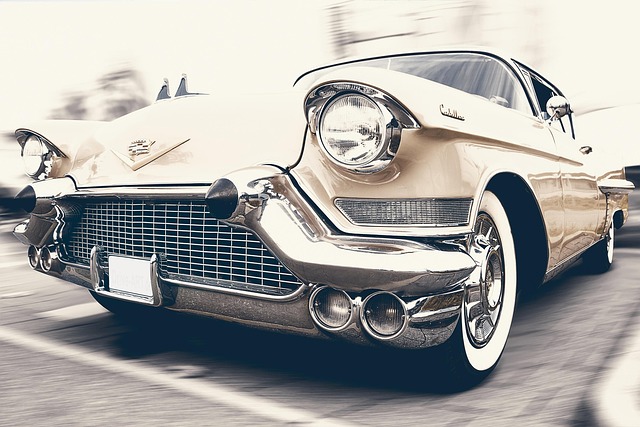
Achieving perfect frame alignment is paramount for delivering top-tier quality collision repair services. Best practices begin with precise measuring techniques using advanced equipment like laser measurements and 3D scanning systems. These technologies provide exact data, ensuring every component of the vehicle’s frame is accurately assessed and adjusted.
Moreover, skilled technicians play a vital role in the process. They interpret the data from advanced tools and manually refine the alignment, leveraging their expertise to address subtle discrepancies. Regular training on the latest collision repair techniques and technologies also ensures these professionals stay adept at handling complex vehicle body repairs, be it auto body painting or structural frame adjustments, ultimately contributing to flawless outcomes for every project.
Frame alignment is the linchpin of achieving true quality collision repair. By ensuring precise straightening, repair shops can deliver optimal vehicle restoration, enhancing safety and customer satisfaction. Adopting best practices and advanced technologies guarantees perfect frame alignment, setting a new standard in the industry for excellence in quality collision repair.
